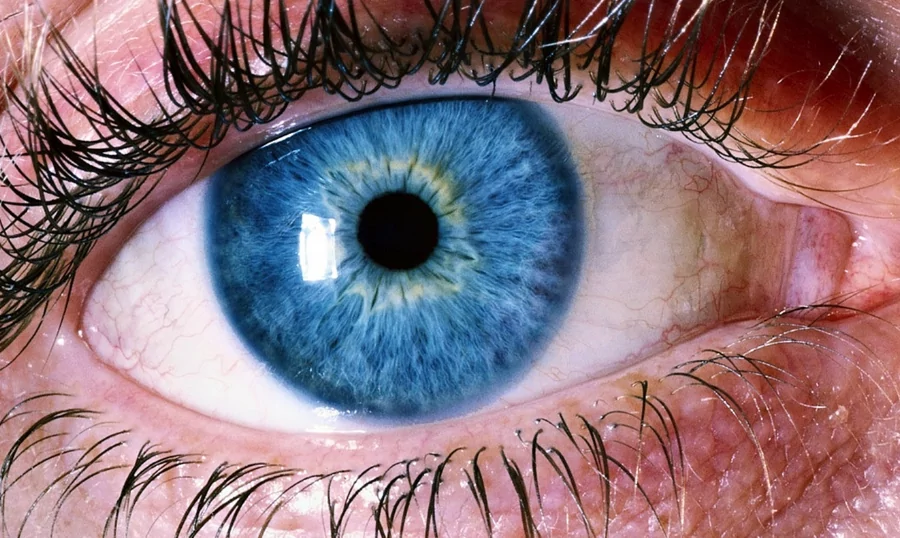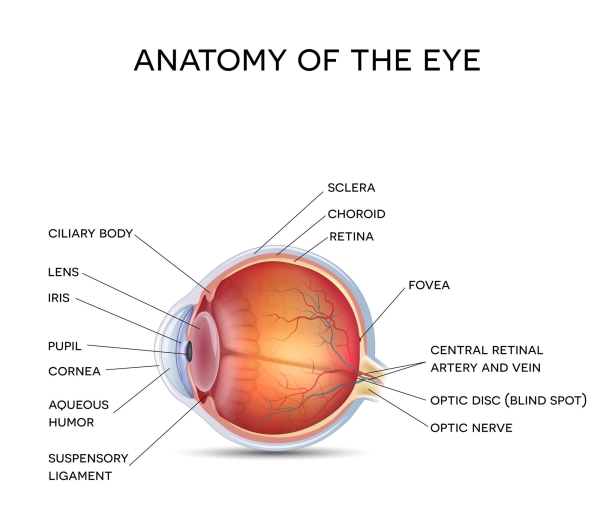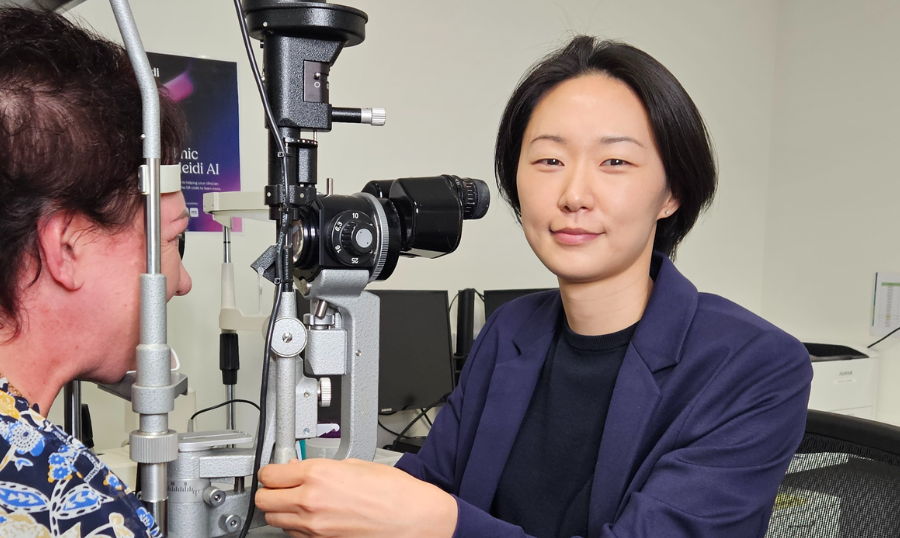Auckland Eye Welcomes Cornea and Anterior Segment Specialist Dr Bia Kim
Auckland Eye is pleased to welcome Dr Bia Kim, a highly trained Cornea and Anterior Segment Specialist, to our team.

Right now as you read this post, your eyes are busy using all their intricate anatomy to refract light from your computer screen through the cornea (clear transparent front of the eye) so that the light wavelengths can bend in such a way that enables them to pass through the pupil.
The pupil is the opening in the centre of the iris through which light enters the eye. Your iris works like a shutter in a camera and depending on the amount of light, the iris (coloured part of the eye) changes the size of the pupil to let the optimal amount of light into the eye.
After the light passes through the pupil, the light rays then pass through to the lens. Depending on how far away the object is from the eyes, continuous adjustments to the lens regulate the focusing of light. In order to change the shape of the lens, the cilary muscles relax or tighten to enable the lens to change shape for focusing. For example, when the cilary muscles relax, they pull on the lens, causing it to flatten, allowing your eyes to focus on distant objects. In order for our eyes to see things up-close, the cilary muscles contract to thicken the lens.
The interior chamber of the eye is filled with a jelly-like tissue called the vitreous humour which nourishes the internal structures of the eye. Before allowing the light to reach the light-sensitive layer of cells called the retina at the back of the eye, the light has to travel through this humour after passing through the lens.
When light reaches the back of the eye, it comes to rest and is focused to a pinpoint on the macula; a small area on the centre of the retina. The retina is composed of millions of specialised cells called rods and cones. The cones are responsible for sharp, detailed central and colour vision. Rods are more sensitive to light and are responsible for night and peripheral vision.
The retina transforms the received image into electrical messages to the brain in the form of electrical impulses. The retina functions like the film in the camera and is responsible for capturing all of the light rays. The retina transforms these received images into electrical messages through tiny nerve endings, then sends these light impulses through over a million nerve fibres to the optic nerve, to be processed by the brain. The brain uses information from each optic nerve to combine the vision from the two eyes allowing you to see one image.

Clearly, this is an over-simplified explanation of the eye, as it would be impossible to explain over 2 million working parts of the eye in one article! However, the chances are, you are probably a proud owner of two of them! For this reason, it’s important to take care of your eyes and make sure you have your annual eye checkups – which is the key to preserving your vision and maintaining your eye health into your senior years.
If you would like to talk to us about the health of your eyes and have your check-up, make an appointment today! Call us on 09 529 2480.

Auckland Eye is pleased to welcome Dr Bia Kim, a highly trained Cornea and Anterior Segment Specialist, to our team.

Discover how Auckland Eye is redefining inclusive healthcare by launching New Zealand’s first assistive website toolbar.

Macular degeneration is a leading cause of vision loss in older adults. There’s no cure, but its progression can be slowed. Here’s what to know.